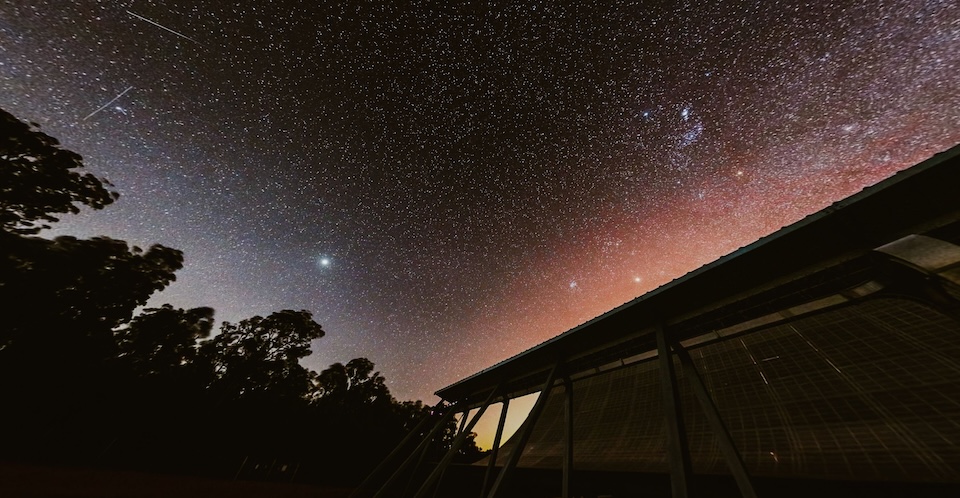LeoLab’s newest space tracking radar expands Indo-Pacific coverage
Leolabs latest radar facility for monitoring the heavens has opened for business in Western Australia, joining with its New Zealand […]
LeoLab’s newest space tracking radar expands Indo-Pacific coverage Read Post »

